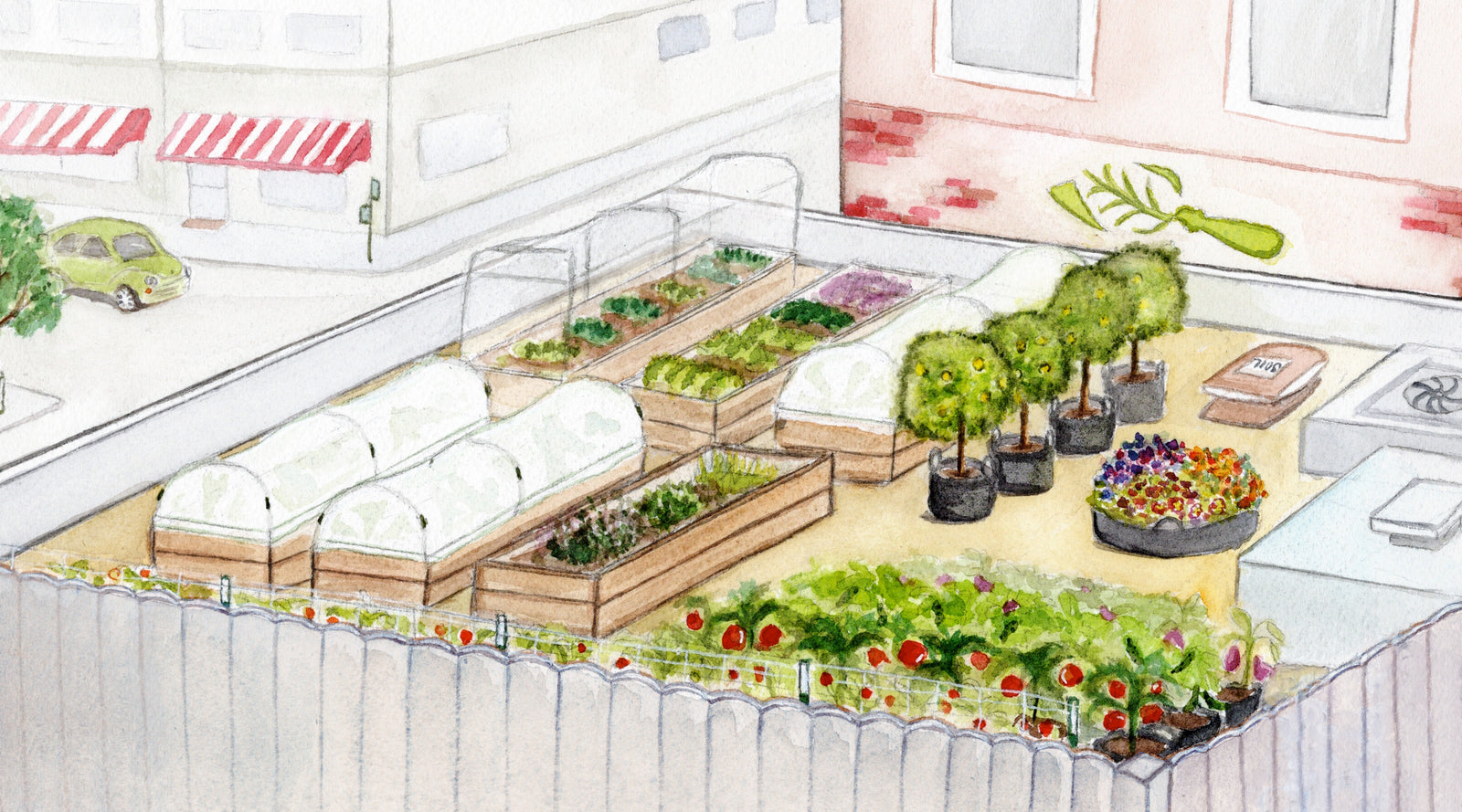
Urban Farming
Browse our resources, articles, and DIY guides created by experienced urban farmers. Get tips, tricks, and inspiration for thriving in the cityscape.
shop supplies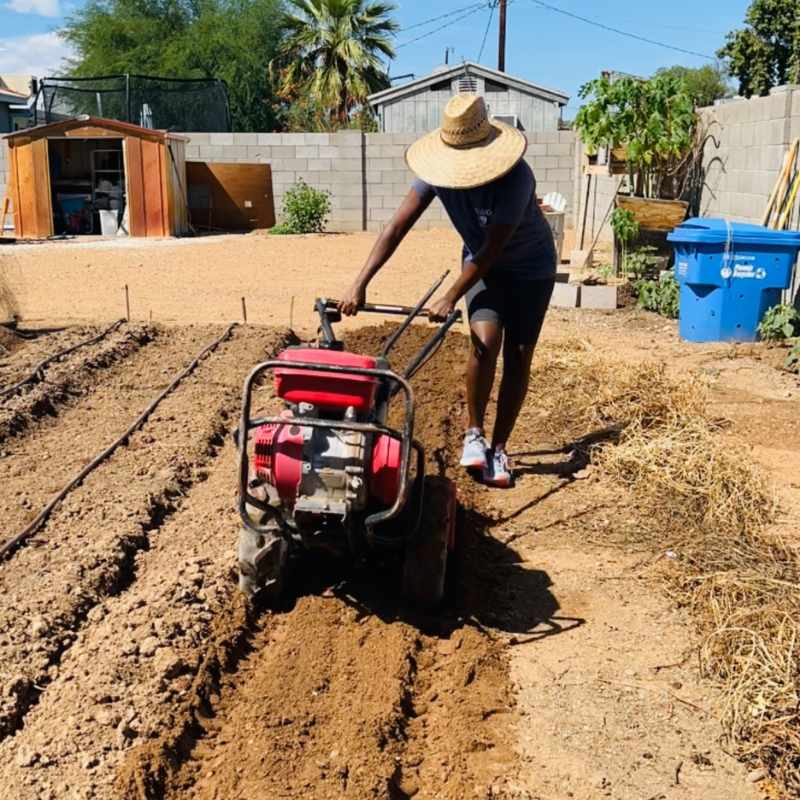
Urban Farming 101
If you want to start an urban farm but need more knowledge both on the production and business side of farming, this article will guide you on how to get started.
Urban Farming 101
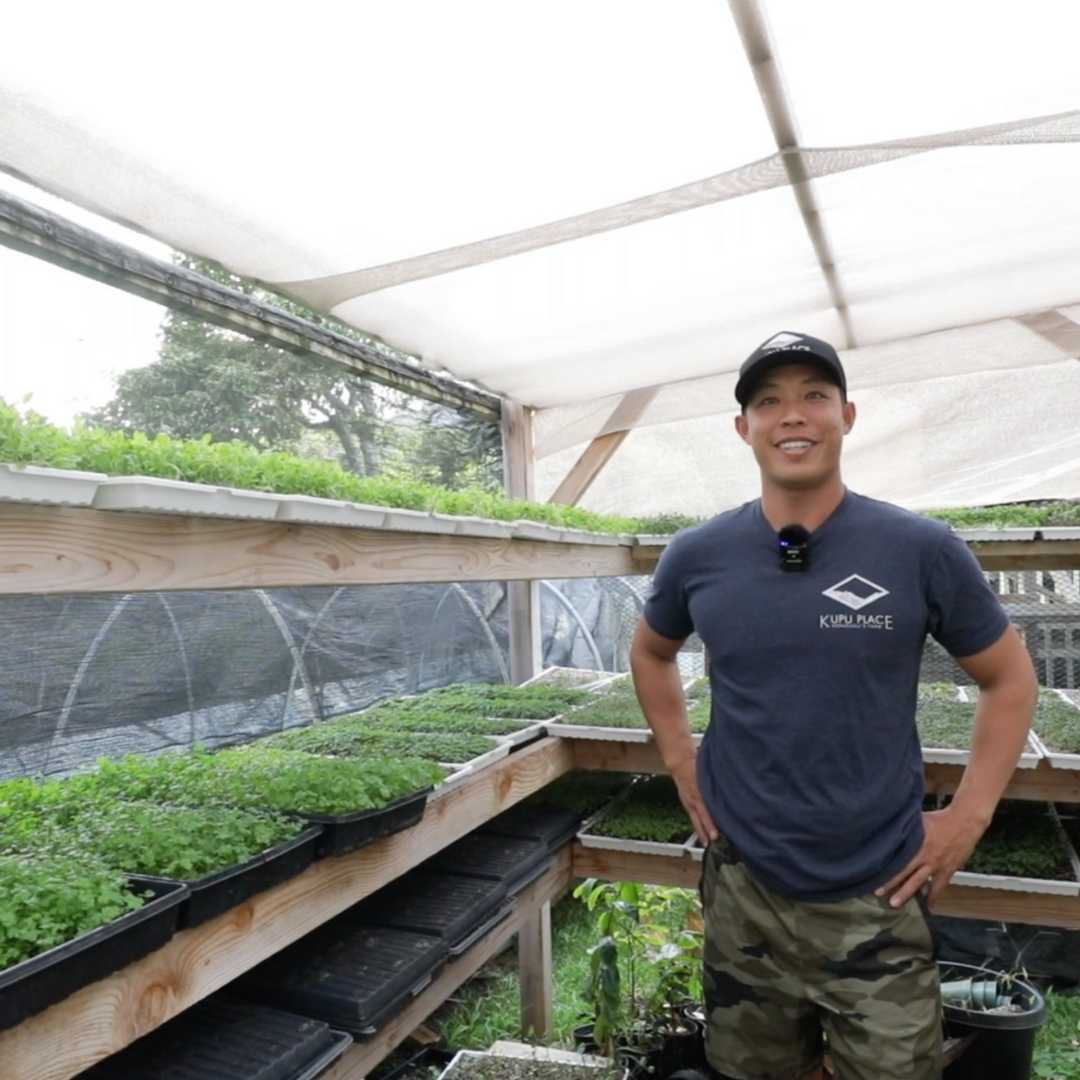
PRODUCTIVE FARMING IN A SMALL URBAN SPACE
Kupu Place Aquaponics is on a mission to return agriculture to lands that were historically used for growing crops. At their urban farm they are working with the climate in Hawaii.
PRODUCTIVE FARMING IN A SMALL URBAN SPACE
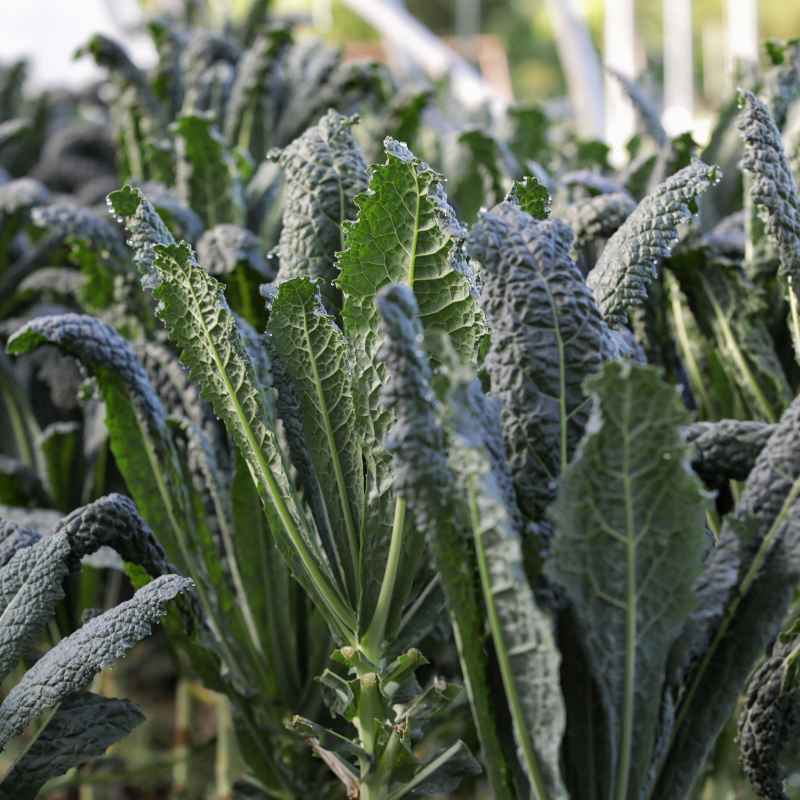
Growing Food in Limited Spaces
When you have a limited amount of space to work with, it is best to focus on the crops that can have the biggest impact when paired with easy to store pantry staples. Read more about growing food in small spaces!
Growing Food in Limited Spaces
Walking the Walk
Avrile Remy is the owner-operator of Shamba AZ microgreens and urban farm. As an avid backyard gardener for many years, her earliest experience with “urban farming” came when she got her first apartment in 2007 and tried to have a container garden on her patio.
Avrile quickly received a notice from her landlord to take it down. Shortly after that, she purchased her first house with the biggest yard she could afford and has been urban farming in the Phoenix metro area ever since.
Her passion for growing food runs deep as she grew up in the Caribbean, with her parents owning a farm selling produce for export and to local consumers. Growing up on an island where fresh food is readily available is something she has always wanted others to experience. Her goal with Shamba AZ is to be part of the local food chain and replicate that experience in this community.
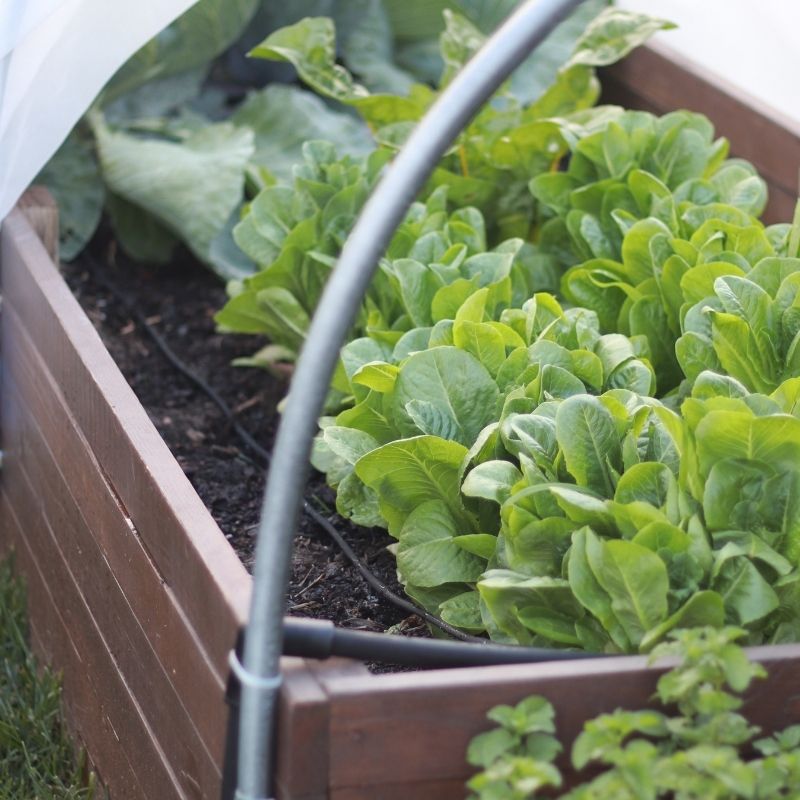
The Best Drip Irrigation for Container Gardening
Want to ensure your container garden grows healthy and strong? Learn about the best drip irrigation for raised beds, and which products you need for a successful installation. With these tips from Bootstrap Farmer, growing your crops will be easier than ever.
The Best Drip Irrigation for Container Gardening

TOP 10 EDIBLE FLOWERS TO GROW
Interested in growing edible flowers for chefs and bakers? Want to know the top ten most requested varieties? Get the list and information on selling edible blooms and start growing flowers!
TOP 10 EDIBLE FLOWERS TO GROW
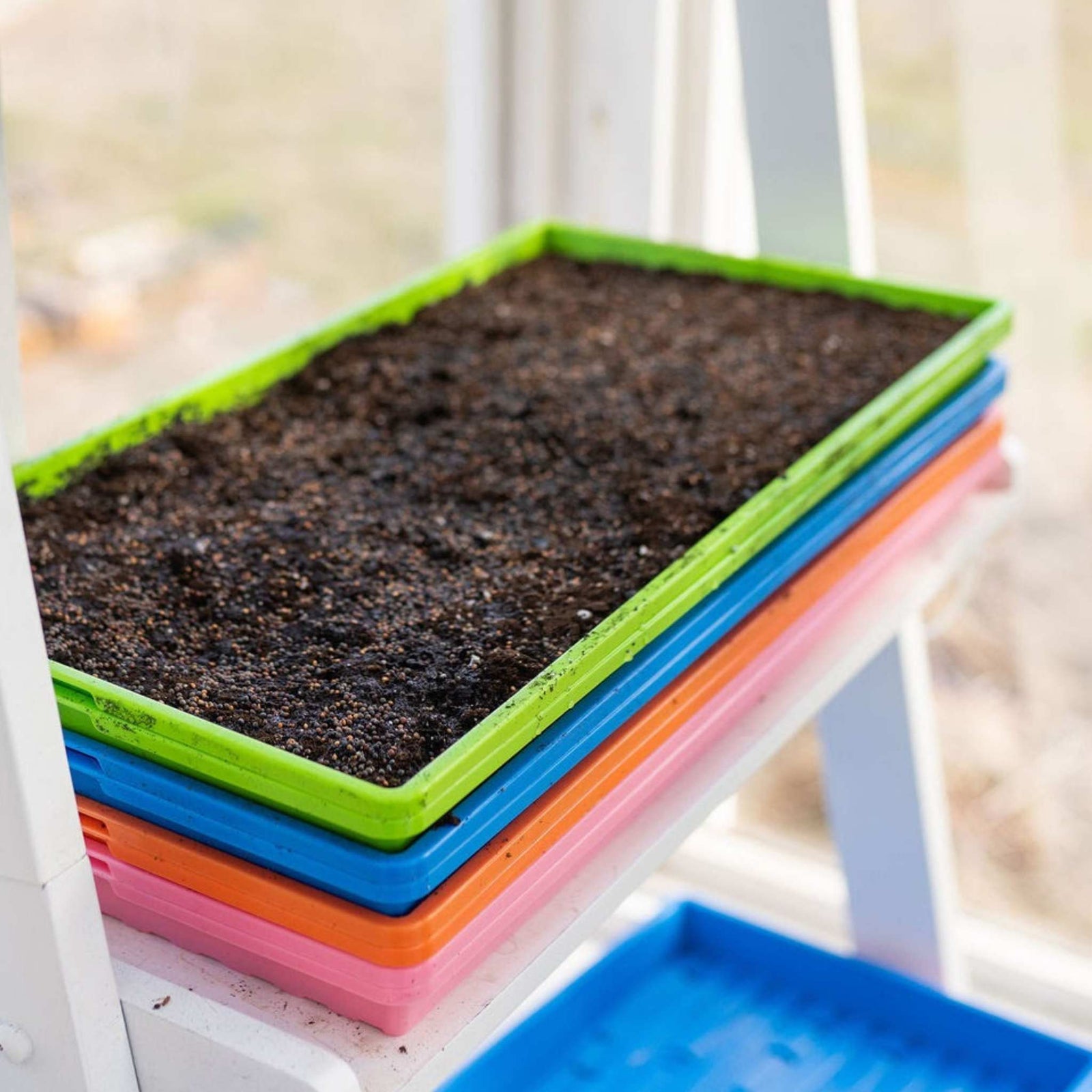
Ultimate Microgreen Growing Resource
Interested in growing microgreens? We have all of your questions covered with this how-to guide. Follow the tabs below for everything you need to know about growing and caring for microgreens.
Ultimate Microgreen Growing Resource
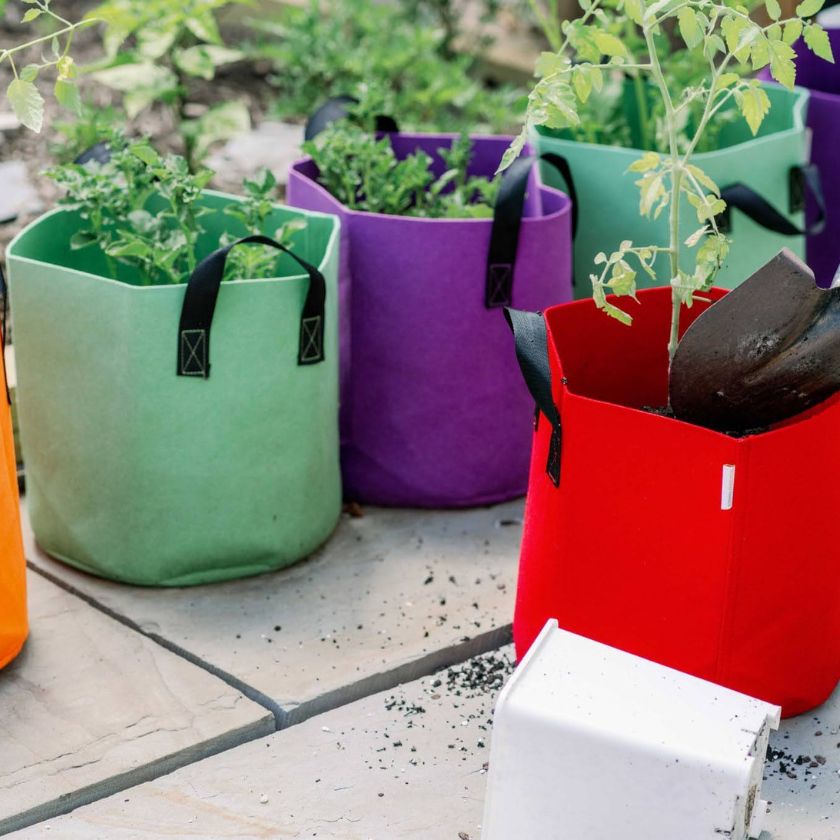
How to Keep Outdoor Plants Alive During a Drought
During times of drought there are things you can do to keep your outdoor plants in grow bags alive even with water restrictions put into place. Watering grow bags and container pots during a drought can be challenging. When water must be conserved, here are some ways to keep your plants alive in grow bags.
How to Keep Outdoor Plants Alive During a Drought
Recent Blogs
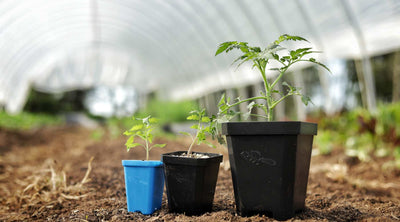
Growing tomatoes for the urban farm
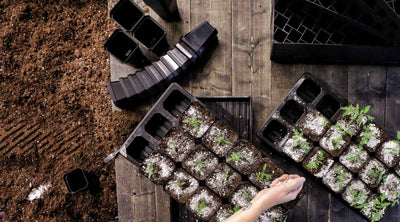
Starting Seeds on Your Urban Farm with Michael Bell
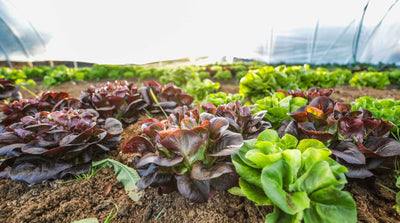
Succession Planting for Success in the Market Garden
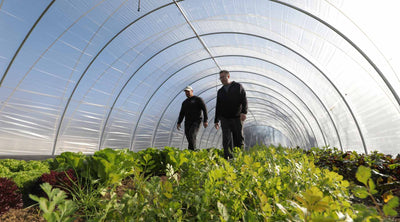
Dallas Half Acre on Farming without running water
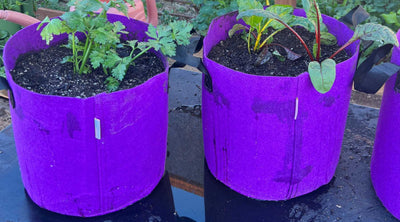
Increase Your Urban Farm's Output with Container Gardening
FAQ
-
Depending on the type of produce and your climate, a single square foot of growing space can yield between 1-4 pounds of food per year. Extrapolate that outward and a relatively small growing space can produce a large amount of food. This is particularly true of high-value, quick turnaround crops grown in succession, things like baby greens, arugula, green onions, and cherry tomatoes.
-
Urban farming does not necessarily increase food security as urban farmers need to focus on the highest-value crops to keep the lights on. It does, however, increase the variety and freshness of foods available in an urban area and can act as a stopgap in times of food shortages.
-
Urban farmers grow vertically, in-ground, hydroponically, and in containers. There are two different types of urban farms. There is a controlled environment type of growing in shipping containers and warehouses, and there is in-ground, container outdoor urban farming.

